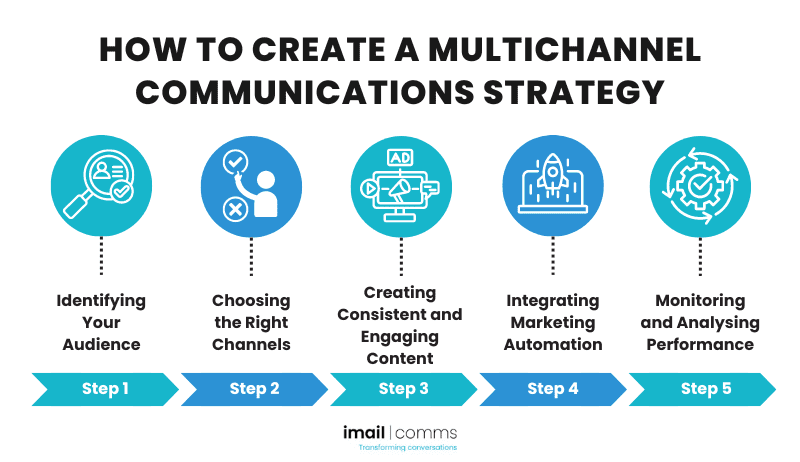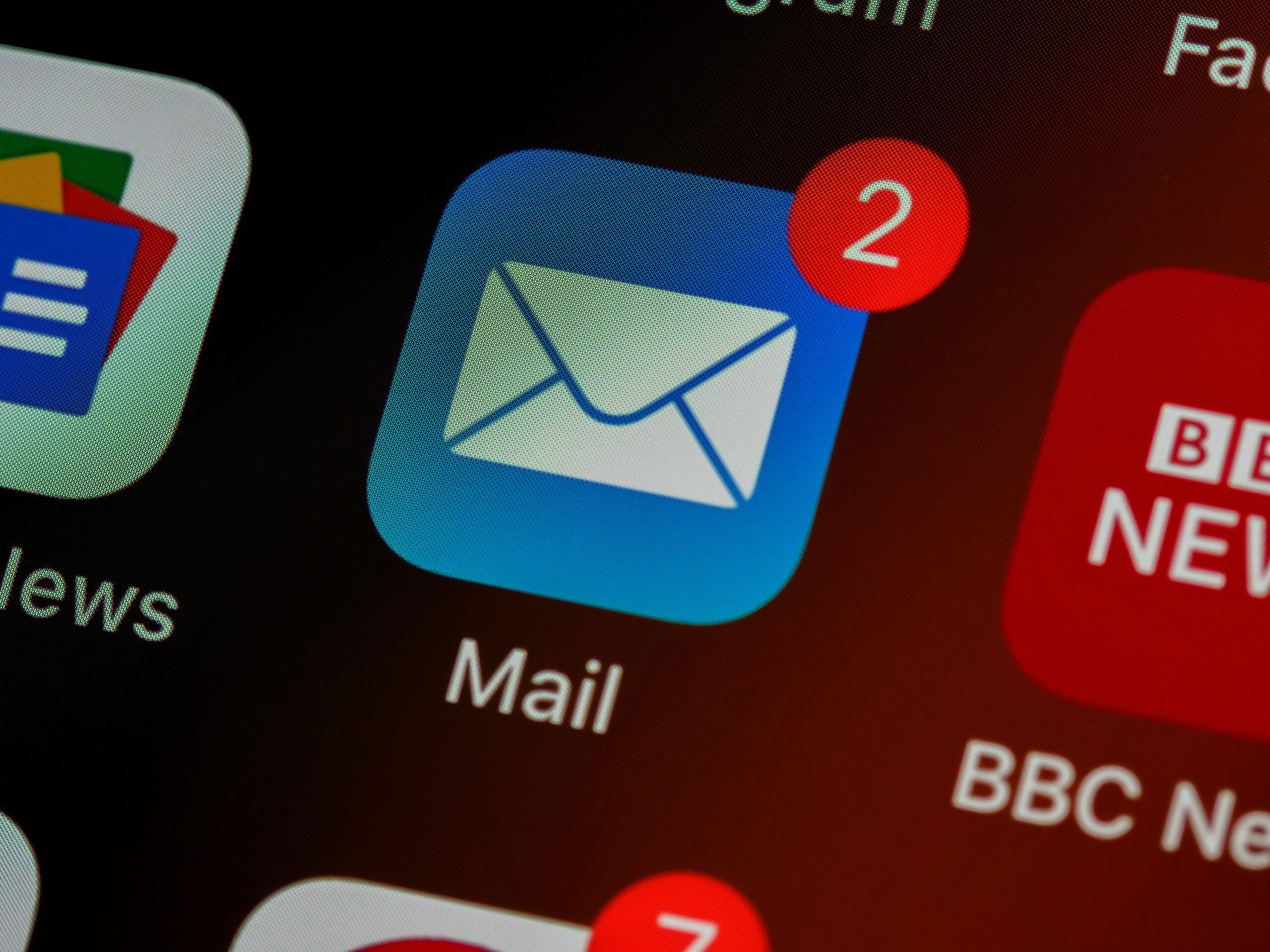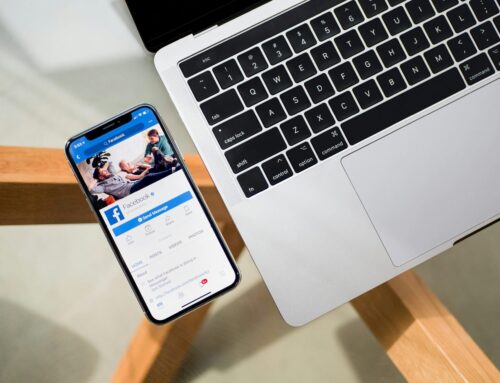As specialists in business communication, we’ve been helping companies to improve and innovate their multichannel communication strategies since 2008 at imail comms.
But what exactly is a multichannel communication strategy and how do you go about creating one?
In this guide, we’ll walk you through everything you need to know. Whether you’re looking to improve customer satisfaction, increase reach, or gather valuable insights, we’re here to help you make your communication management simpler yet more effective than ever before.
What is a Multichannel Communication Strategy?
A multichannel communication strategy is all about reaching your audience wherever they are. It’s a way of using multiple platforms, such as social media or email, to interact and engage with your customers.
Any platform that you use to reach your customers is called a ‘channel,’ hence why the strategy is called ‘multichannel’ – it uses multiple channels.
Key Aspects:
- Tailored Messaging: Adjust your message to fit the unique nature of each channel.
- Wider Reach: Connect with customers on the platforms they use most.
- Individual Channel Focus: Each channel operates independently but works towards the same overall goal.

What is the Difference Between Multichannel and Omnichannel?
There’s a couple of key differences between multichannel and omnichannel communication, the main one being that an omnichannel communication strategy connects and integrates all of the channels, so that they work together.
What does that mean? A customer’s interaction on one channel, such as a social media platform, can be continued effortlessly on another, like a phone call or in-store visit, without losing context.
With multichannel communication your customers also have multiple ways to reach out, but they’re not generally connected. If you email a company’s support team and then call them later, for instance, you might have to explain your problem all over again because the two channels don’t share information.
We’ve gone through some more of the differences below. For a more detailed overview of what each strategy involves, take a look at our comprehensive guide.
- Multichannel Communication:
- Definition: Using multiple, separate channels to communicate with customers.
- Customer Experience: Available on various platforms but not necessarily integrated.
- Consistency: Consistency may vary between channels.
- Example: Using email, social media, and SMS independently.
- Omnichannel Communication:
- Definition: Integrating all channels to provide a seamless customer experience.
- Customer Experience: Holistic and unified, with all channels interconnected.
- Consistency: High consistency across all channels.
- Example: Integrating email, social media, SMS, and in-store experiences.
How to Create a Multichannel Communications Strategy
Let’s go through the steps involved in a multichannel approach.
Identifying Your Audience
This involves gathering data through surveys and questionnaires to understand your target customers’ preferences and behaviours. It can also include conducting focus groups for deeper insights into customer needs and analysing competitor strategies to see what channels and methods they are using successfully.
Once you have gathered your research data, create detailed customer personas to represent different segments of your audience. Include:
- Demographics: Age, gender, job type.
- Psychographics: Interests, lifestyle, pain points.
- Behavioural Data: Purchasing habits, preferred communication channels.
Use persona templates to organise and visualise this information effectively.

Choosing the Right Channels
As reported by Google, 60% of shoppers start their buying journey online. This makes it especially important for you to choose the right online channels to make as much of an impact as possible.
Consider the following:
- Reach: How many people you can reach on each channel.
- Engagement: The level of interaction and engagement each channel receives.
- Cost: The financial investment required for each channel.
After evaluating the channels, align them with your audience’s preferences—what your data tells you they use the most. You’ll also want to identify which channels are already working well for you and consider new channels that could reach untapped segments of your audience.
Remember, different channels support different business use cases. For instance, social media and AI chatbots are excellent for customer service due to their quick response times, while email and SMS are effective for targeted marketing campaigns.
Creating Consistent and Engaging Content
A strong content strategy is vital for your engaging your audience. Use a variety of content types such as informational emails, infographics and social media updates to keep your audience engaged. It’s important to make sure your content is mobile friendly—remember that most people use mobile devices for staying up-to-date with the companies they buy from.
Using Marketing Automation and AI
By using automation tools, you can ensure that your messages are consistently delivered across various platforms without the need for constant manual input. This not only saves time but also reduces the risk of human error, ensuring that your communications are accurate and timely.
It’s important not to forget personalisation, however. You can use AI to personalise emails based on customer preferences, for instance, perhaps using different subject lines for different groups of customers. This ensures that while your communications are automated, they still feel personal and relevant.
Monitoring and Analysing Performance
To measure success, you need to set clear KPIs (Key Performance Indicators) and metrics. You can provide templates for setting these KPIs and include examples like open rates, click-through rates, and engagement metrics.
Ongoing analysis is an essential part of this, so make use of tools like Google Analytics and social media insights. These tools offer valuable data that can reveal trends and patterns in customer behaviour. By regularly reviewing this performance data, you can identify what’s working and what’s not.

The Importance of Having a Communication Strategy
Let’s look into why it’s important to strategise your communication.
Why a Communication Strategy is Crucial for Business Success
In today’s fast-paced business world, having a solid communication strategy is a must. Without it, you risk sending mixed messages, missing out on opportunities, and losing touch with your customers. A well-thought-out multichannel communication strategy makes sure your message gets to your audience through various platforms, boosting engagement, building stronger connections, and ultimately enhancing customer loyalty.
In an environment where shoppers have so much choice, retailers can stand out by helping customers feel confident that they’re making the best decisions. This requires being present where and when they’re considering potential purchases.

Saving on Costs
Planning is the difference between messages that resonate with your audience and messages that don’t get opened. When you plan carefully, you make sure your messages reach the right people at the right time, saving resources and making a bigger impact. For instance, our clients at imail comms save up to 55% when they use our digital mail services. This goes to show how smart planning and choosing the right channels can cut costs and improve the efficiency of your communications.

What are the Benefits of a Multichannel Strategy?
Still not convinced whether it’s worth creating a multichannel strategy? Let’s look at some more of the benefits.
Effective Communication with Your Audience
A multichannel strategy allows you to tailor your messages for different channels, ensuring they resonate with your audience wherever they are. For example, a promotional email can include detailed product information and a compelling call-to-action, while a social media post might use eye-catching visuals and a concise message to engage viewers quickly. By adapting your message to fit the format and audience of each channel, you can communicate more effectively and achieve better results.
Enhanced Customer Experience
In a 2023 study on UK shoppers, 90% of respondents said that their shopping experience is improved when a brand is available across more than one communication channel. This gives an indication of how much it improves the customer experience, even without the personalisation that comes with an omnichannel strategy.
The main reasons for this preference are convenience and efficiency. Customers can interact with your brand through their preferred channels, making the experience more enjoyable for them. Offering multiple touchpoints for customer service also improves response times and issue resolution, leading to a better overall experience.
Targeted Messaging
Segmenting your email list by customer interests and purchasing behaviour offers significant benefits. It lets you send more relevant messages, making it more likely that your audience will take action.
By diving into customer data to find key segments, you can craft personalised content that speaks directly to what each group cares about. Using this approach for your targeted campaigns ensures your messages hit the mark and are sent at just the right time, boosting conversion rates.
Reach New Customers
A multichannel strategy is key to engaging with new customers, which is often tougher than keeping your existing ones. Being active on multiple platforms increases the likelihood that they will encounter your brand.
Techniques to encourage new customers to make a purchase include:
- Responsive Communication: Quickly respond to customer inquiries and comments on social media.
- Exclusive Offers: Provide special promotions and content to followers on specific channels.
Valuable Insights
Gathering data from various channels allows you to gain valuable insights into customer behaviour and preferences. Advanced analysis techniques include:
- Customer Journey Mapping: Track how customers move through different channels to make a purchase.
- Behavioural Analytics: Analyse how customers interact with your content across channels.
- A/B Testing: Test different messages and formats to see what works best on each channel.

For Powerful Communications: imail comms
We know that a comprehensive strategy leaves nothing to chance. That’s why we ensure every aspect of your communication plan is covered, from the initial concept to execution.
Our advanced software takes the hassle out of sending mail by automating the entire process, including sending SMS reminders to clients when you’re waiting to hear from them. We combine innovative technology with a deep understanding of your needs to deliver solutions that work for you. That means clear, impactful messages that reach the right people.
Expert guidance from start to finish. Easy-to-use yet powerful software.
Your communications, reaching more of your customers than ever before.
Frequently Asked Questions (FAQ’s)
We’ve ran through some of the most frequently asked questions on multichannel marketing below.
How can small businesses effectively implement a multichannel strategy on a limited budget?
Implementing a multichannel strategy on a limited budget is entirely possible for small businesses. Start by focusing on the most impactful channels for your audience. Use free or low-cost tools like social media platforms, email marketing services, and content management systems. Prioritise consistency and quality over quantity; it’s better to have a strong presence on a few channels than a weak presence on many.
Leverage automation tools to streamline your efforts and save time. For example, scheduling social media posts and automating email campaigns can help maintain regular communication without requiring constant attention. Additionally, track and analyse your performance using built-in analytics tools to refine your strategy over time and ensure you’re getting the best return on your investment.
What are some common challenges in multichannel communication, and how can they be overcome?
A common challenge in multichannel communication is ensuring that all customer interactions are tracked and responded to in a timely manner. To overcome this, implement an integrated communication system that consolidates messages from all channels into one dashboard, allowing for efficient tracking and management.
Another challenge is avoiding message fatigue, where customers feel overwhelmed by too many communications. Address this by segmenting your audience and carefully timing your messages to avoid overloading any single group.
Understanding and leveraging channel-specific strengths is also crucial. Each platform has unique features and audience behaviours. Tailor your content to fit the specific strengths and user expectations of each channel for better engagement.
Finally, measuring effectiveness can be complex. Set clear KPIs and use analytics tools to track performance across all channels, regularly reviewing these metrics to refine your strategy.






Leave A Comment
You must be logged in to post a comment.